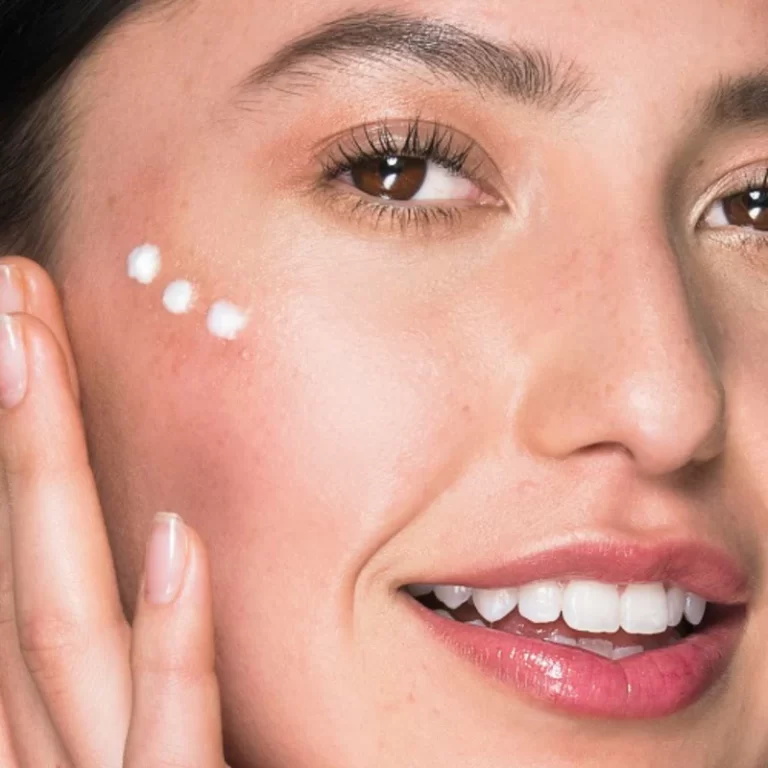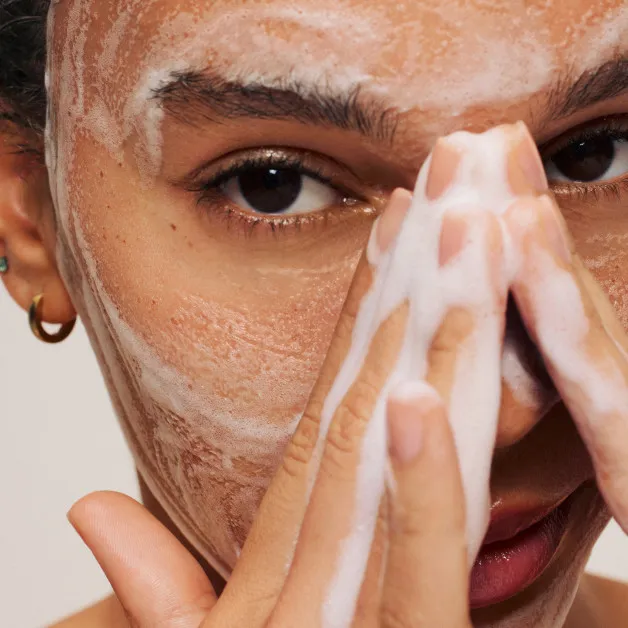
The Importance of Face Lotion with SPF
Understanding the Power of SPF in Face Lotions
Face lotion with SPF have become essential in daily skincare routines, offering a powerful combination of hydration and sun protection. SPF, which stands for Sun Protection Factor, measures a product’s ability to shield skin from harmful UVB rays. These rays cause sunburn and contribute to skin cancer. Additionally, many face lotions with SPF also protect against UVA rays, which lead to premature aging and skin damage. By incorporating SPF into face lotions, skincare companies provide a convenient way for people to protect their skin daily.
This integration eliminates the need for separate sunscreen application, saving time and ensuring consistent sun protection. Moreover, face lotions with SPF often contain additional beneficial ingredients like antioxidants and moisturizers. These components work together to nourish and protect the skin from environmental stressors. As awareness of sun damage grows, the popularity of face lotions with SPF continues to rise. Dermatologists widely recommend using these products year-round, not just during sunny summer months. With regular use, face lotions with SPF help maintain healthy, youthful-looking skin while reducing the risk of sun-related skin issues.
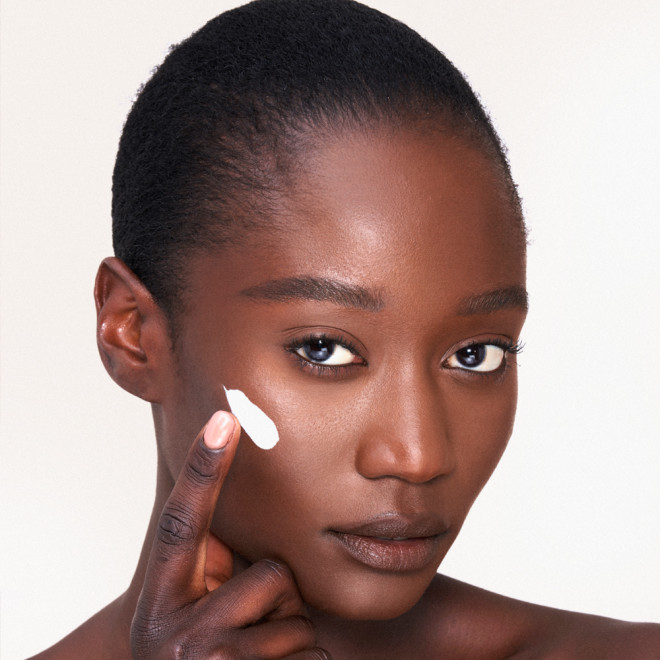
Choosing the Right SPF Level for Your Skin
Selecting the appropriate SPF level in a face lotion depends on various factors, including skin type, daily sun exposure, and individual needs. Generally, dermatologists recommend using a minimum SPF of 30 for daily use. This level blocks about 97% of UVB rays. However, individuals with fair skin, a history of skin cancer, or those spending extended time outdoors may benefit from higher SPF levels. It’s important to note that SPF protection doesn’t increase linearly.
For example, SPF 60 doesn’t provide twice the protection of SPF 30. Instead, it offers a marginal increase in protection. When choosing a face lotion with SPF, consider your skin’s sensitivity and proneness to sunburn. Those with sensitive or acne-prone skin should look for non-comedogenic and fragrance-free options. Additionally, consider the climate and season when selecting SPF levels. Higher SPF may be necessary for sunny, tropical locations or during summer months. Remember that no SPF provides 100% protection, so it’s crucial to reapply throughout the day, especially after swimming or sweating. By choosing the right SPF level, you ensure optimal protection for your skin type and lifestyle.
Benefits of Combining Moisturizer and Sunscreen
Integrating SPF into face lotion offers numerous advantages, making it a popular choice for skincare enthusiasts. Firstly, this combination streamlines the skincare routine, saving time and ensuring consistent sun protection. Many people forget to apply sunscreen separately, but are more likely to use a daily moisturizer. By combining the two, sun protection becomes a habitual part of the morning routine. Additionally, face lotions with SPF often provide more even coverage than traditional sunscreens.
The moisturizing base helps the product spread smoothly across the skin, reducing the risk of missed spots. Furthermore, these products typically offer hydration alongside sun protection, addressing multiple skin needs simultaneously. This dual-action approach is particularly beneficial for those with dry or sensitive skin. Many face lotions with SPF also contain anti-aging ingredients like antioxidants, further enhancing their skin benefits. These formulations often feel lighter on the skin compared to layering separate moisturizer and sunscreen products. Consequently, they’re more comfortable for daily wear and suitable for use under makeup. By offering convenience, comfort, and comprehensive skin care, face lotions with SPF have become an indispensable part of many people’s daily routines.
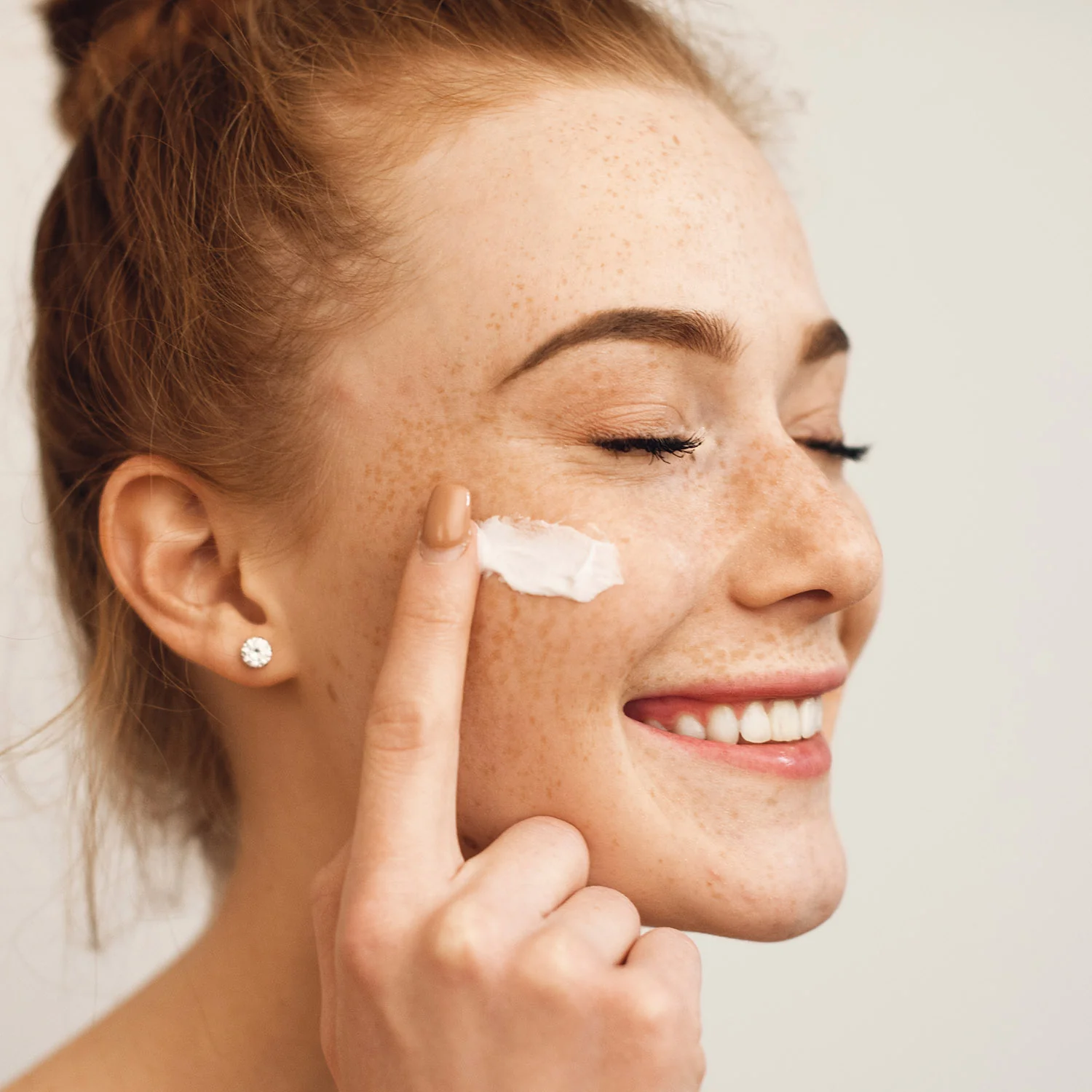
Key Ingredients to Look for in SPF Face Lotions
When selecting a face lotion with SPF, it’s crucial to consider the ingredients that provide both sun protection and skin benefits. Broad-spectrum protection is essential, which means the product guards against both UVA and UVB rays. Look for active ingredients like zinc oxide and titanium dioxide, which offer physical sun protection by reflecting UV rays. These minerals are particularly suitable for sensitive skin. Alternatively, chemical sunscreens like avobenzone and octinoxate absorb UV rays. Many effective formulations combine both physical and chemical sunscreens for comprehensive protection.
Beyond sun protection, seek moisturizing ingredients such as hyaluronic acid, glycerin, or ceramides. These components help hydrate the skin and maintain its moisture barrier. Antioxidants like vitamin C, vitamin E, and green tea extract provide additional benefits by neutralizing free radicals and combating environmental damage. For those concerned about aging, ingredients like retinol or peptides can help address fine lines and wrinkles. However, be cautious with retinol as it can increase sun sensitivity. Niacinamide is another beneficial ingredient that helps improve skin texture and tone while supporting the skin’s barrier function. By choosing a face lotion with SPF that contains these key ingredients, you can ensure your skin receives comprehensive care and protection.
Application Techniques for Maximum Protection
Proper application of face lotion with SPF is crucial for achieving optimal sun protection. Start with clean, dry skin to ensure the product adheres properly. Apply a generous amount of the lotion, using about a nickel-sized dollop for the face and neck. Many people underapply sunscreen, which significantly reduces its effectiveness. Use gentle, upward strokes to spread the product evenly across the face, including often-missed areas like the ears, hairline, and back of the neck. Pay special attention to areas prone to sun damage, such as the nose, cheeks, and forehead.
Allow the lotion to absorb for several minutes before applying makeup or heading outdoors. For maximum protection, apply the SPF face lotion 15-30 minutes before sun exposure. This allows the product to form a protective layer on the skin. Remember that no sunscreen is completely waterproof, so reapply every two hours, or more frequently if swimming or sweating excessively. If wearing makeup, consider using SPF-infused setting sprays or powder sunscreens for touch-ups throughout the day. By following these application techniques, you can ensure your skin receives consistent and effective protection from harmful UV rays.

Addressing Common Concerns About SPF Face Lotions
Despite their benefits, some people hesitate to use face lotions with SPF due to various concerns. One common worry is that these products may cause breakouts or feel heavy on the skin. However, many modern formulations are non-comedogenic and lightweight, suitable for all skin types, including acne-prone skin. Another concern is the potential for a white cast, especially with physical sunscreens. To address this, many brands now offer tinted options or formulations that blend seamlessly into all skin tones. Some users worry about the chemical ingredients in sunscreens.
For those with sensitive skin or environmental concerns, mineral-based SPF lotions provide an excellent alternative. There’s also a misconception that SPF is only necessary on sunny days. In reality, UV rays penetrate clouds and windows, making daily protection essential year-round. Some people fear that using SPF will prevent vitamin D absorption. While sunscreen does reduce vitamin D production in the skin, most people still produce adequate amounts through incidental sun exposure and diet. Lastly, the cost of SPF face lotions can be a concern. However, considering the long-term benefits of sun protection, including reduced risk of skin cancer and premature aging, these products offer valuable investment in skin health.
Comparing Different Types of SPF Face Lotions
Face lotions with SPF come in various formulations, catering to different skin types and preferences. Physical (mineral) sunscreens contain active ingredients like zinc oxide and titanium dioxide. These sit on top of the skin, reflecting UV rays. They’re ideal for sensitive skin and provide immediate protection upon application. However, they may leave a slight white cast. Chemical sunscreens, on the other hand, absorb into the skin and convert UV rays into heat. These typically feel lighter and blend more easily but may irritate sensitive skin. Many modern formulations combine both physical and chemical filters for comprehensive protection.
Tinted SPF face lotions offer sun protection with a hint of color, evening out skin tone and eliminating white cast concerns. For oily or acne-prone skin, oil-free or mattifying SPF lotions help control shine while protecting the skin. Those with dry skin may prefer creamier, more hydrating formulations. Some SPF face lotions also incorporate anti-aging ingredients or skin-brightening components, offering additional skincare benefits. Sport or water-resistant formulations are available for active individuals or those spending time in water. By understanding these different types, individuals can choose the SPF face lotion that best suits their skin type and lifestyle needs.
The Role of SPF Face Lotions in Anti-Aging Skincare
SPF face lotions play a crucial role in anti-aging skincare routines, offering protection against one of the primary causes of premature skin aging: sun damage. UV rays break down collagen and elastin, leading to wrinkles, fine lines, and sagging skin. By using a face lotion with SPF daily, individuals can significantly reduce this damage, maintaining firmer, more youthful-looking skin. Many SPF face lotions also contain additional anti-aging ingredients, enhancing their protective effects. Antioxidants like vitamin C and E neutralize free radicals, which contribute to skin aging.
Some formulations include peptides or retinol to boost collagen production and cell turnover. Hyaluronic acid, often found in these products, helps maintain skin hydration, which is essential for a plump, youthful appearance. Regular use of SPF face lotions can also help prevent age spots and uneven skin tone, common signs of photoaging. By protecting the skin from UV damage, these products help maintain a more even complexion. Some SPF face lotions also contain niacinamide, which can improve skin texture and reduce the appearance of pores. The cumulative effect of daily SPF use becomes evident over time, with consistent users often showing fewer signs of premature aging compared to those who skip sun protection.
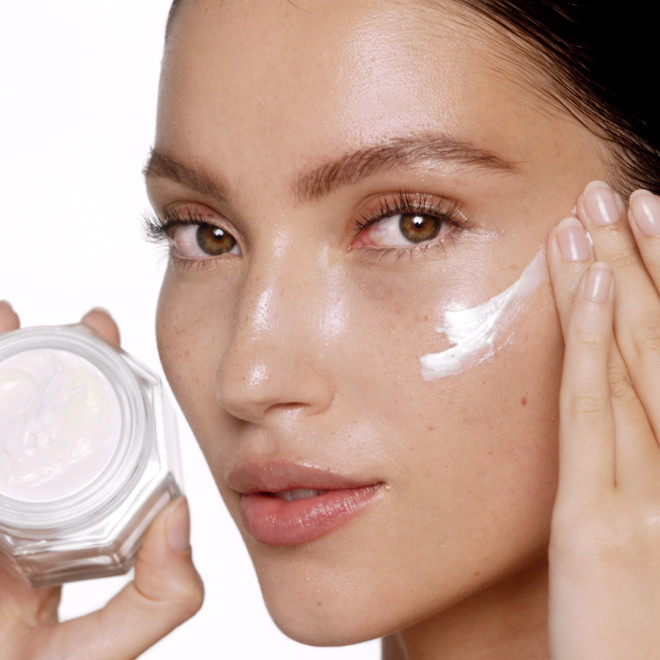
Seasonal Considerations for SPF Face Lotions
While SPF face lotions are crucial year-round, seasonal changes may influence product selection and usage. During summer months, when UV rays are strongest, higher SPF levels and more frequent reapplication may be necessary. Look for water-resistant formulas for beach days or outdoor activities. Lighter, oil-free options can help prevent excess shine in hot, humid weather. In winter, the sun’s rays can still cause damage, especially when reflected off snow. Additionally, cold weather and indoor heating can dry out the skin, making moisturizing SPF face lotions particularly beneficial.
Consider switching to a more hydrating formula during colder months. Spring and fall may require adjustments based on changing temperatures and humidity levels. Those with sensitive skin might notice increased reactivity during seasonal transitions, making gentle, mineral-based SPF lotions a good choice. Regardless of the season, it’s important to apply SPF face lotion daily, even on cloudy days or when spending time indoors. UV rays can penetrate clouds and windows, making consistent protection essential. By adapting SPF face lotion choices to seasonal needs, individuals can ensure their skin remains protected and healthy throughout the year.
Future Innovations in SPF Face Lotions
The field of SPF face lotions continues to evolve, with ongoing research and development promising exciting innovations. One area of focus is the development of more environmentally friendly formulations. Scientists are working on biodegradable sunscreen ingredients that protect skin without harming marine ecosystems. Another trend is the integration of advanced anti-pollution technologies into SPF face lotions, offering protection against both UV rays and environmental pollutants. Researchers are also exploring new UV filters that provide even better protection with lighter, more comfortable formulas. Some companies are developing smart SPF products that change color or texture to indicate when reapplication is necessary.
Personalized SPF face lotions, formulated based on individual skin types and concerns, may become more prevalent. Additionally, there’s growing interest in products that protect against blue light emitted by electronic devices, which may contribute to skin aging. Nanotechnology is being utilized to create more effective and aesthetically pleasing sunscreen formulations. As concerns about vitamin D deficiency persist, some researchers are working on SPF products that allow for adequate vitamin D production while still protecting against harmful UV rays. These innovations promise to make SPF face lotions even more effective and user-friendly in the future.

